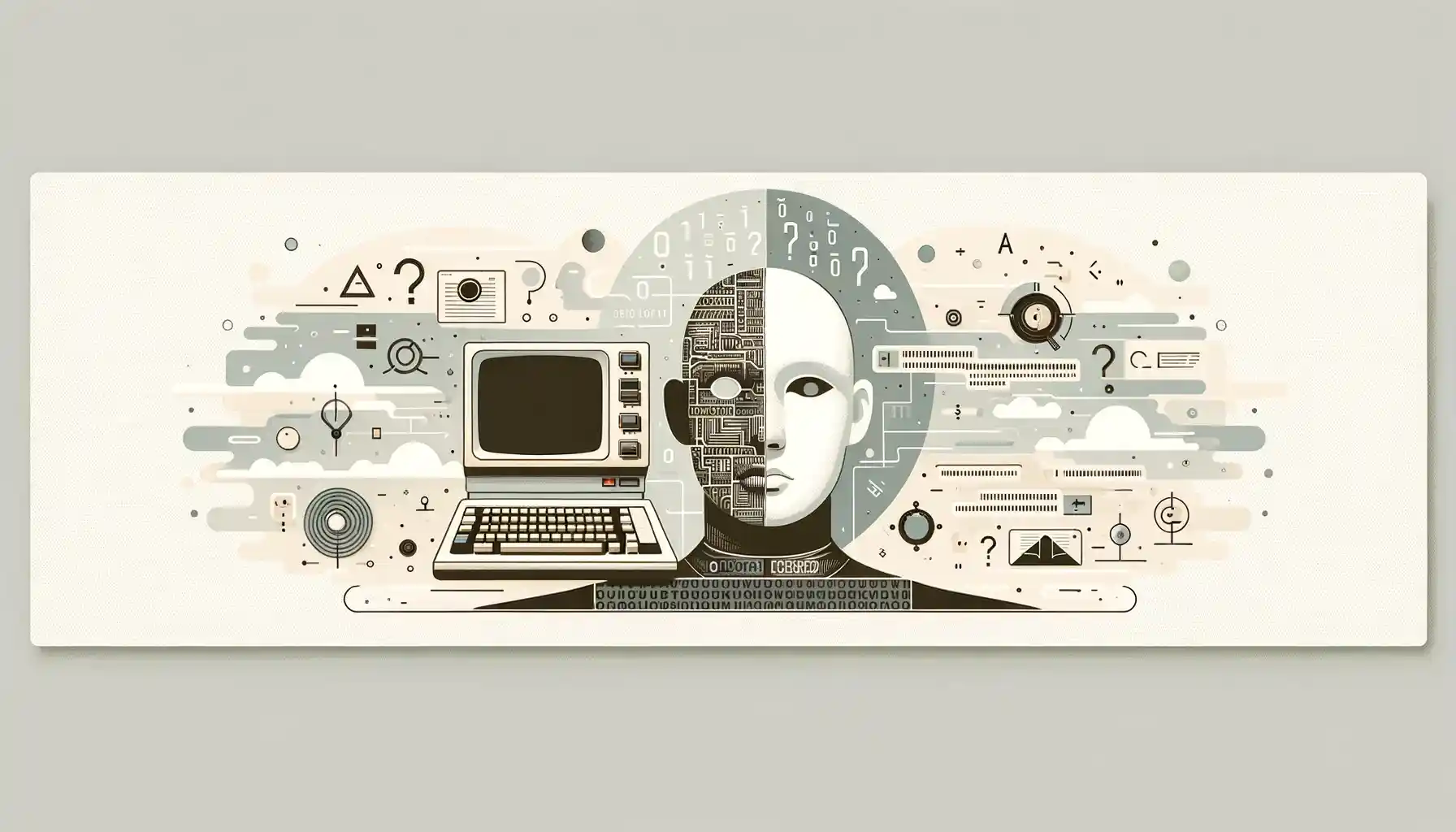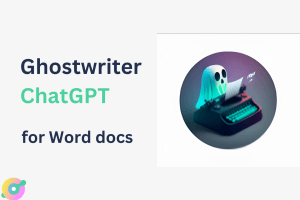While it’s true that ChatGPT has shown impressive capabilities in generating human-like text, it hasn’t definitely passed the Turing Test. Not even with the version powered by GPT-4.
There have been rumors that ChatGPT passed the test in March 2023, however, we’ve verified that this was not an official claim, nor one that could be ascertained to have been conducted professionally, with all the standards being considered.
What is the Turing Test?
The Turing Test, a concept introduced by Alan Turing in 1950, is a method for determining whether a machine can exhibit intelligent behavior equivalent to, or indistinguishable from, that of a human.
Turing proposed a simple game, known as “The Imitation Game,” where an interrogator engages in a text-based conversation with both a human and a machine, without knowing which is which.
If the interrogator is unable to consistently distinguish the machine from the human, the machine is considered to have passed the test.
Understanding the Turing Evaluation
Essentially, during this evaluation:
- A human judge (s) engages in dialogue with both a machine (AI) and a human without visual contact.
- The judge must then decide which responses are from the human and which are from the computer.
Key points:
- Human-machine comparison: The focus is on comparing the machine’s responses to those of a human.
- Indistinguishability as success: If the judge cannot reliably tell the machine’s responses apart from human responses, the AI is considered to have passed the test.
- Significance: Passing the Turing Test is considered a significant achievement, as it suggests the machine can communicate with the seamless fluidity of a natural human conversation.
The significance of passing the Turing Test
The accomplishment of meeting Turing Test standards signifies an AI’s proficiency in replicating human-like interactions. It becomes challenging to distinguish between responses generated by machines and those from people, marking a progress toward artificial general intelligence.
Turing Test Requirements
Determining the “officialness” of a Turing Test for AI like ChatGPT, we believe here at AI Mode, must involve several key factors:
- Standardized criteria: There must be a clear, standardized set of criteria defining what constitutes passing the test. This should include specifics on the nature of the conversation, duration, topics covered, and the metrics for evaluating the AI’s performance.
- Expert evaluation: The test should be conducted and evaluated by experts in the field of AI and linguistics. These individuals would have the necessary expertise to critically assess the AI’s performance against human-like standards.
- Transparency and reproducibility: The methodology and results should be transparent and reproducible. This means that other experts can conduct the same test under similar conditions and evaluate the results independently.
- Diverse testing scenarios: The test should cover a wide range of conversational topics and scenarios to thoroughly assess the AI’s capabilities across different contexts.
- Ethical considerations: Ethical guidelines should be in place to ensure that the test is conducted responsibly, especially considering the implications of AI passing such a test.
- Peer review and publication: Ideally, the results should be peer-reviewed and published in a reputable scientific or academic journal, ensuring the integrity and credibility of the findings.
- Community acceptance: Finally, there should be a consensus or acceptance within the AI and broader scientific community that the test and its criteria are valid and meaningful.
While there are various organizations and individuals conducting their own versions of the Turing Test on AI chatbots and LLMs such as ChatGPT, and LaMDA, an “official” test would likely require a consensus among leading experts and institutions in the field, along with adherence to rigorous scientific and ethical standards.
Reasons why ChatGPT is likely to fail the Turing Test
While ChatGPT can perform remarkably well in many conversational contexts, there are still limitations that can reveal its non-human nature.
For instance:
- Repetitive or patterned responses: ChatGPT may generate responses that are repetitive or follow noticeable patterns, unlike the more dynamic nature of human conversation.
- Contextual misunderstandings: The model can misunderstand or misinterpret complex, nuanced, or context-heavy questions, leading to irrelevant or inaccurate responses.
- Lack of personal experiences: ChatGPT does not have personal experiences or emotions and can struggle with questions that require these human elements for an authentic response.
- Updating knowledge: ChatGPT’s knowledge is static, cut off as of its last training data in [sc name=”gpt-date” ][/sc]. It doesn’t have the ability to learn or acquire information after this point, unlike humans who continuously update their knowledge.
- Ethical and moral reasoning: While the model can simulate ethical and moral reasoning based on the data it was trained on, it doesn’t “understand” these concepts in a human sense.












